
Everyone has heard about the ketogenic diet by now, or “keto” for short. It’s basically a reinvention of the Atkins diet with more emphasis on eating fat.
Continue reading …Part 2 – Developing the Sport Horse: The Importance of Hydration
July 17, 2019 Comments Off on Part 2 – Developing the Sport Horse: The Importance of Hydration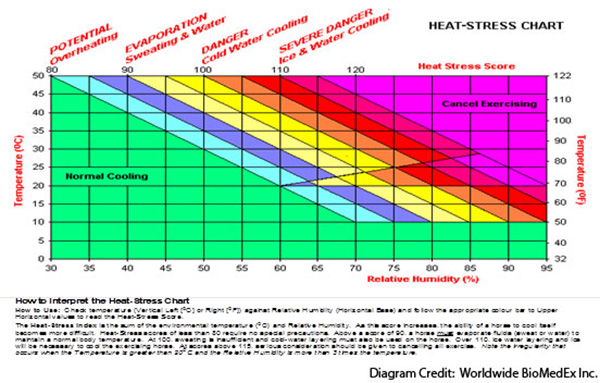
The horse industry is littered with fallacy. Start by hosing or sponging cold water down the neck over the jugular veins, along the belly and in between the hind legs (look for the big dilated veins!). The repetitive application of cold water is the KEY to removing excess heat from the body.
Continue reading …Tip-Top Tack and Feed Rooms Offer a Place For Everything
July 16, 2019 Comments Off on Tip-Top Tack and Feed Rooms Offer a Place For EverythingWhen hanging bridles, rather than screw multiple bridle hangers into the wall, the placement of a painted or stained wooden board with the hangers installed in an evenly spaced fashion can provide a pretty accent to your design. The bridle or halter hangers can be patterned evenly, one up and one lower down, to allow more room for the headpieces.
Continue reading …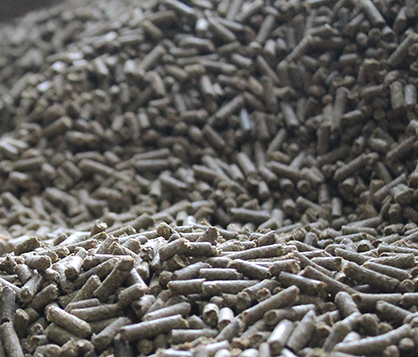
The “whole food” claim is being used to market some feeds and supplements for horses, but what is a whole food and are these products really superior?
Continue reading …ProElite® Line of Ultra-Premium Horse Feed Now Available Across US
July 9, 2019 Comments Off on ProElite® Line of Ultra-Premium Horse Feed Now Available Across US
Composed of an exclusive amino acid profile, ProElite feeds are designed to promote enhanced appearance, performance and wellness. Regulated levels of sugar and starches give horse owners confidence in their calorie sourcing. And with six strains of probiotics and two forms of prebiotics, ProElite helps ensure the horse’s digestive tract is working at peak efficiency.
Continue reading …150 Horses Rescued in Large Scale Alleged Cruelty Situation in Texas
June 28, 2019 Comments Off on 150 Horses Rescued in Large Scale Alleged Cruelty Situation in Texas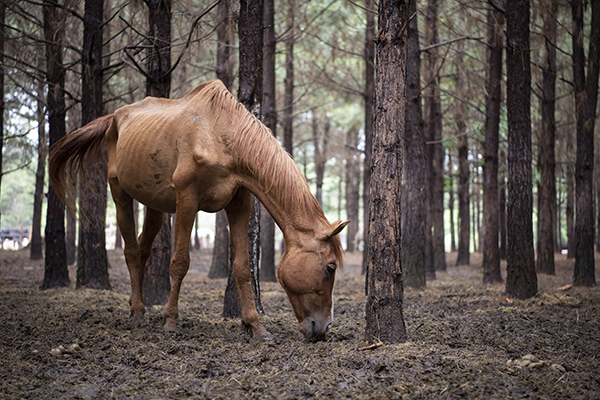
“As of 10:30 a.m., the body scores of all the horses examined so far have ranged from one to three, meaning a number of them are emaciated,” said Kerri Downs, rescue coordinator for Safe Haven Equine Rescue and Retirement Home.
Continue reading …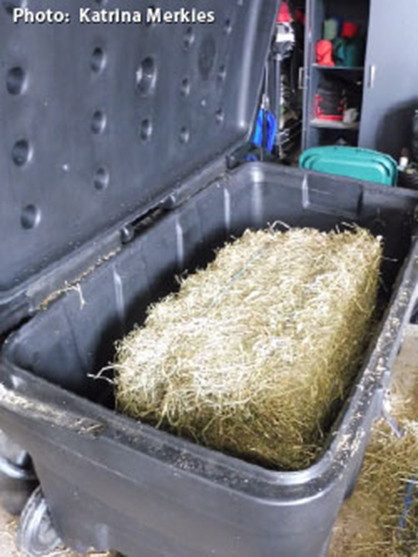
Owens explains, “Horse caregivers often soak or steam hay to reduce its non-structural carbohydrate (NCS), including water soluble carbohydrates (WSCs). A high dietary intake of these carbohydrates can be detrimental to some horses.”
Continue reading …Chemo is a Go For Treating Equine Lymphoma
June 27, 2019 Comments Off on Chemo is a Go For Treating Equine Lymphoma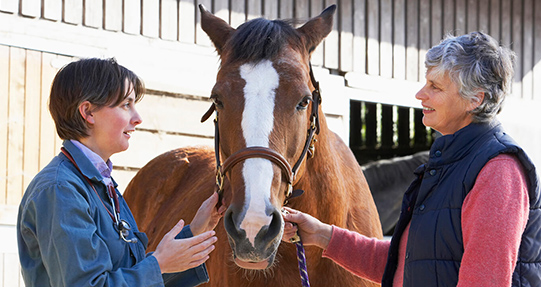
“Until now, we didn’t have research supporting the idea that chemo works for equines,” said Luethy. “There were studies on specific chemo drugs but nothing covering a range of chemotherapeutic protocols. The goal of our study was to understand whether chemo prolongs life for horses with the disease.”
Continue reading …Research Has Identified New Equine Color Genes- Splash White 5 and Sunshine Dilution
June 25, 2019 Comments Off on Research Has Identified New Equine Color Genes- Splash White 5 and Sunshine Dilution
Splash White 5 was identified in a group of related French Paint Horses—these horses, a stallion and seven of his daughters, had white spotting that resembled existing Splash White patterns, but they tested negative for the four existing alleles that create those coat patterns as well as other white spotting patterns. Whole genome sequencing helped identify a new Splash White spotting pattern in these horses, created as a result of a genetic deletion of the MITF gene—the MITF gene is the same location where two other Splash White spotting patterns (Splash White 1and Splash White 3) reside. The research, led by J. Henkel of the University of Bern (Switzerland) Institute of Genetics, was published in the April 2019 issue of Animal Genetics—read the study’s abstract and full-text online. Since then, Splash White 5 has been identified in U.S.-based Paint Horses, as well.
Continue reading …15 Tips For Hauling Horses During Summer Heat
June 21, 2019 Comments Off on 15 Tips For Hauling Horses During Summer Heat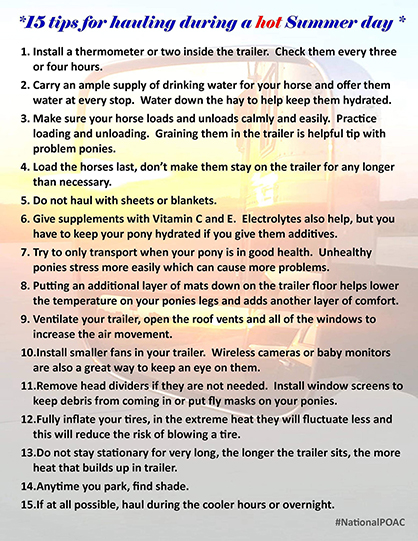
#6- Give supplements with Vitamin C and E. Electrolytes also help, but you have to keep your pony hydrated if you give them additives.
Continue reading …







